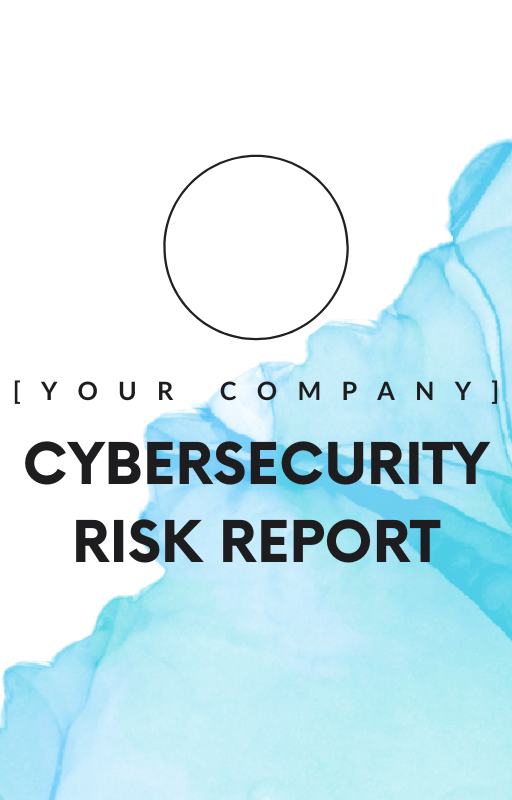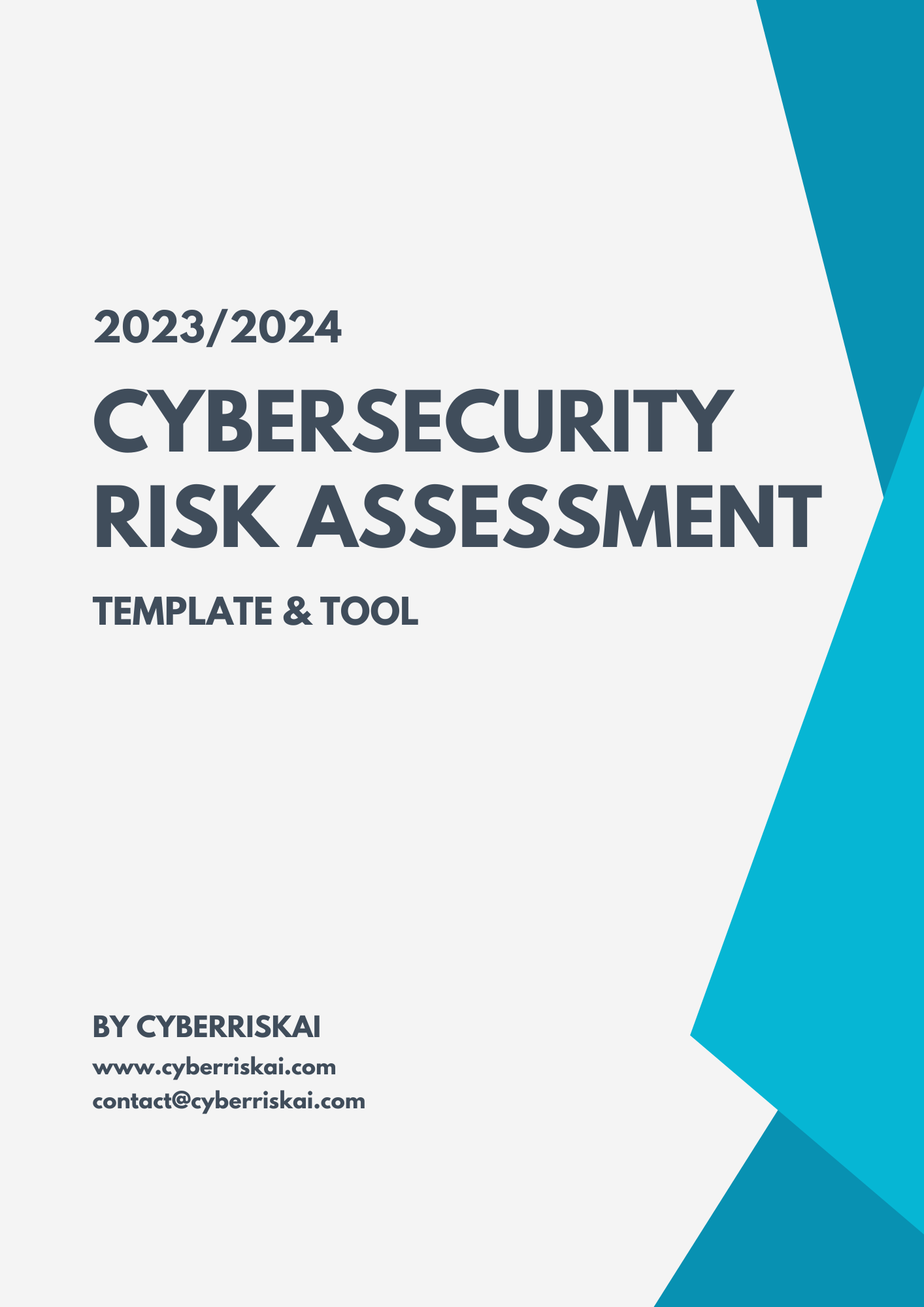The Ultimate Guide to Cybersecurity Audit
Cybersecurity audit is the process of assessing and analyzing an organization's information system to identify vulnerabilities, threats, and risks. It involves examining the security measures put in place to protect data and systems from unauthorized access, modification, or destruction. The main goal of cybersecurity audit is to ensure that an organization complies with industry standards and best practices in protecting its information assets from cyber-attacks.
In this article, we will provide a comprehensive guide on cybersecurity audit, including what it involves, who is involved, how it is done, when it is conducted, the consequences of not conducting one, and the steps to conduct a cybersecurity risk assessment.
Table of Contents
- Definition of Cybersecurity Audit
- What Cybersecurity Audit Involves
- Who is Involved in Cybersecurity Audit
- How Cybersecurity Audit is Conducted
- When Cybersecurity Audit is Conducted
- Consequences of Not Conducting Cybersecurity Audit
- Steps to Conduct Cybersecurity Risk Assessment
- Cybersecurity Audit Framework and Methodology
Definition of Cybersecurity Audit
Cybersecurity audit refers to the assessment and evaluation of an organization's information system, networks, and applications to determine their security vulnerabilities and risks. It aims to identify potential threats and weaknesses that could be exploited by cybercriminals to gain unauthorized access to an organization's sensitive data.
A cybersecurity audit typically involves a thorough review of an organization's security policies, procedures, and controls to determine their effectiveness in preventing cyber threats. It may also involve a review of the organization's security awareness training program to ensure that all employees are aware of the security threats and risks and understand their roles and responsibilities in protecting the organization's data.
What Cybersecurity Audit Involves
The cybersecurity audit involves an extensive evaluation of an organization's security measures, including its information systems, networks, applications, and physical security controls. It includes the following:
Information Systems Audit
The information systems audit involves reviewing the infrastructure, hardware, software, and data storage systems used by an organization to ensure they are secured against unauthorized access, modification, or destruction. It involves examining the network architecture and topology, perimeter security, firewalls, intrusion detection systems, and antivirus software.
Network Security Audit
The network security audit focuses on the security of an organization's network infrastructure, including the local area network (LAN), wide area network (WAN), and internet connectivity. It involves examining the network design and topology, the security protocols employed, access control mechanisms, and intrusion detection and prevention systems.
Application Security Audit
The application security audit involves reviewing the security measures put in place to protect an organization's applications and software from cyber threats. It involves examining the coding practices, access control mechanisms, authentication and authorization procedures, input validation, and output encoding.
Physical Security Audit
The physical security audit involves examining the security measures put in place to protect an organization's physical facilities and assets. It includes reviewing the security policies and procedures, access control mechanisms, alarm systems, and surveillance cameras.
Who is Involved in Cybersecurity Audit
The cybersecurity audit typically involves the following parties:
Internal Auditors
Internal auditors are employees of the organization who conduct the cybersecurity audit on behalf of the management team. They are responsible for reviewing the organization's security policies, procedures, and controls to ensure they are effective and comply with industry standards and best practices.
External Auditors
External auditors are independent third-party professionals hired by the organization to conduct the cybersecurity audit. They provide an objective evaluation of the organization's security measures, policies, and procedures.
IT Security Professionals
IT security professionals are responsible for implementing and maintaining the organization's security measures, policies, and procedures. They work closely with the internal and external auditors to ensure that the organization's security measures are effective and comply with industry standards and best practices.
How Cybersecurity Audit is Conducted
The cybersecurity audit is typically conducted in three phases:
Planning Phase
The planning phase involves defining the scope of the cybersecurity audit, identifying the key stakeholders, resources, and timelines. The audit team identifies the objectives and goals of the audit, determines the audit methodology, and prepares the audit plan.
Execution Phase
The execution phase involves collecting and analyzing data, reviewing policies, procedures, and controls, and conducting interviews with key stakeholders. The audit team identifies vulnerabilities and risks in the organization's information systems, networks, applications, and physical security controls.
Reporting Phase
The reporting phase involves preparing the audit report, which documents the findings, conclusions, and recommendations. The report outlines the vulnerabilities and risks identified, the impact of those vulnerabilities, and recommendations to mitigate them. It also includes an executive summary, which provides a high-level overview of the audit findings and recommendations.
When Cybersecurity Audit is Conducted
Cybersecurity audit is conducted at regular intervals, typically annually or any time there are significant changes to an organization's information system or security policies. It is also conducted in response to specific incidents such as cyberattacks or data breaches. The audit frequency depends on the organization's risk profile, industry regulations, and compliance requirements.
Consequences of Not Conducting Cybersecurity Audit
Not conducting cybersecurity audit can have severe consequences for an organization. Failure to identify vulnerabilities and risks can lead to cyber-attacks and data breaches, resulting in financial losses, reputational damage, and legal liabilities. It can also result in regulatory non-compliance, leading to fines and penalties.
Steps to Conduct Cybersecurity Risk Assessment
To conduct a cybersecurity risk assessment, an organization should follow the following steps:
Identify the Assets: Determine the critical assets that need to be protected, such as data, systems, applications, and infrastructure.
Identify the Threats: Identify the potential threats to the organization's assets, such as cyber-attacks, natural disasters, or human error.
Assess the Risks: Determine the likelihood and impact of the threats, and quantify the risks.
Determine the Controls: Identify the controls in place to mitigate the risks, such as firewalls, intrusion detection systems, antivirus software, and access control mechanisms.
Evaluate the Controls: Assess the effectiveness of the controls to ensure they mitigate the identified risks.
Develop Recommendations: Develop recommendations to improve the security controls and mitigate the identified risks.
Implement the Recommendations: Implement the recommendations and monitor their effectiveness.
Cybersecurity Audit Framework and Methodology
Cybersecurity audit frameworks provide a structured approach to conducting cybersecurity audit. There are several frameworks available, including NIST Cybersecurity Framework, ISO/IEC 27001, COBIT, and CIS Controls. Each framework provides a set of guidelines and best practices for conducting cybersecurity audit.
The methodology used to conduct a cybersecurity audit includes the following:
Define the Audit Scope: Define the scope of the cybersecurity audit, identifying the systems, networks, applications, and physical facilities to be audited.
Identify the Audit Criteria: Identify the criteria used to assess the effectiveness of the organization's security measures, such as industry standards, best practices, and regulatory requirements.
Collect Data: Collect data on the organization's security policies, procedures, and controls, and review them to determine their effectiveness.
Analyze the Data: Analyze the data collected to identify vulnerabilities, risks, and weaknesses.
Prepare the Audit Report: Prepare the audit report that includes the findings, conclusions, and recommendations.
Follow-Up: Follow-up on the audit recommendations to ensure that the organization addresses the identified vulnerabilities and risks.
In conclusion, conducting a cybersecurity audit is critical to ensuring an organization's information systems, networks, applications, and physical security controls are secured against cyber threats. The audit helps identify vulnerabilities and risks, and provides recommendations to mitigate them. Following the cybersecurity audit framework and methodology ensures a structured approach is employed, providing better clarity and understanding of the entire process.
A cybersecurity audit is critical for ensuring your business’s protection from cybercrime. But don’t stress – CyberRiskAI software helps you through the process. We’ll walk you through every step, providing insights and tips based on expert knowledge.



